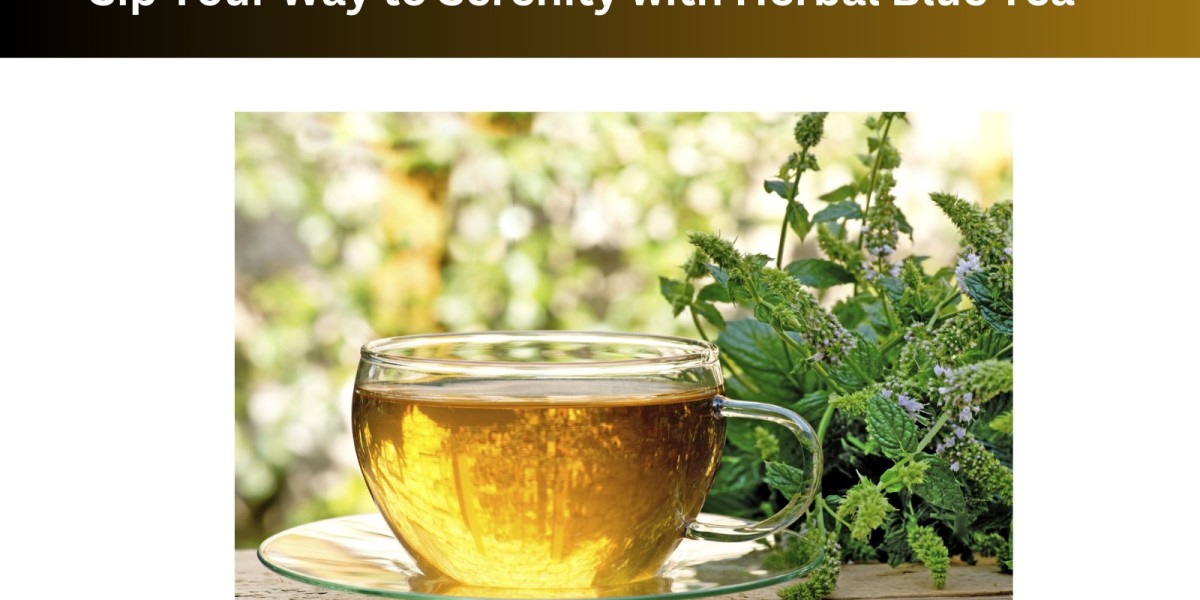Introduction
In the realm of herbal beverages, a captivating newcomer has taken the world by storm - Blue Tea. Also known as butterfly pea flower tea, this mesmerizing infusion not only delights the senses with its stunning blue hue but also offers a plethora of health benefits. Let's embark on a journey to explore the world of blue tea, its origins, preparation, and the numerous reasons to include this herbal tea in your daily routine.
The Origins of Blue Tea
Blue tea originates from the vibrant culture of Southeast Asia, particularly Thailand, where it has been used for centuries in traditional herbal medicine. The primary ingredient in blue tea is the butterfly pea flower (Clitoria ternatea), a plant known for its vivid blue blossoms. These flowers are carefully plucked and dried to create the base for this unique herbal infusion.
The Magic Behind the Color
One of the most captivating aspects of blue tea is its mesmerizing azure color. The brilliant blue hue is not the result of artificial additives or food coloring but rather the natural pigments present in the butterfly pea flower. The color transformation occurs when the flowers are steeped in hot water. When the pH of the liquid changes, the blue tea transforms into shades of purple, violet, or pink, depending on the acidity of the beverage.
Preparation and Flavor Profile
Blue tea is a simple and delightful herbal brew to prepare. To make a cup of blue tea, follow these easy steps:
1. Boil water.
2. Add a few dried butterfly pea flowers to a cup or teapot.
3. Pour hot water over the flowers.
4. Let it steep for 3-5 minutes, depending on your taste preferences.
5. Watch the mesmerizing transformation of the blue tea.
The flavor of blue tea is often described as earthy and mildly woody, with a subtle herbal undertone. While it may not be as robust as traditional black or green teas, its unique flavor makes it a refreshing and delightful choice for those seeking something different.
Health Benefits of Blue Tea
Apart from its enchanting appearance and distinct flavor, blue tea offers several health benefits that have made it increasingly popular in the world of herbal teas:
1. Rich in Antioxidants: Blue tea contains a high concentration of antioxidants, which help combat oxidative stress and promote overall well-being.
2. Enhances Cognitive Function: Some studies suggest that the compounds found in butterfly pea flowers may have a positive impact on cognitive function and memory.
3. Stress Reduction: Blue tea is often used in traditional herbal medicine to promote relaxation and reduce stress levels, thanks to its soothing properties.
4. Anti-Inflammatory: The anti-inflammatory properties of blue tea may help alleviate symptoms of various inflammatory conditions.
5. Skin Health: Some people use blue tea topically or incorporate it into skincare products due to its potential benefits for skin health.
Conclusion
Herbal tea enthusiasts are discovering the unique charm of blue tea, a drink that offers a visually stunning experience along with numerous health benefits. The rich history and cultural significance of blue tea, along with its enchanting color-changing properties, make it an excellent addition to your herbal tea collection. Whether you seek a moment of relaxation or an extraordinary tea-drinking experience, blue tea is sure to captivate your senses and provide a delightful journey for your taste buds. So, why not embrace the world of herbal teas and savor the serenity of a cup of blue tea?








